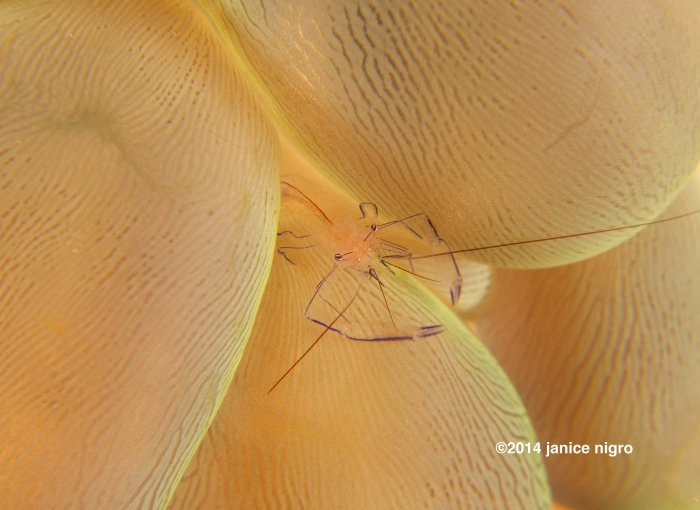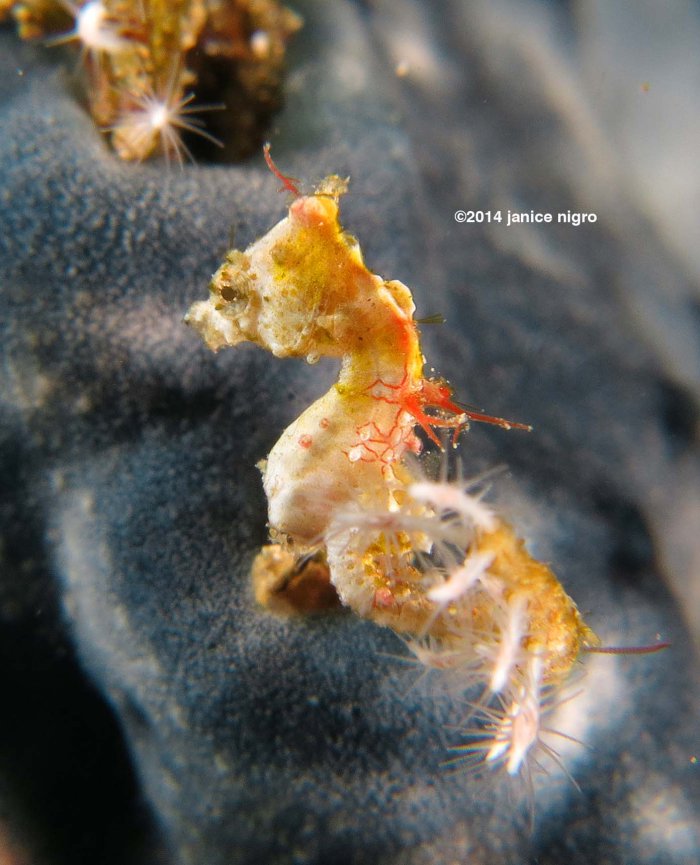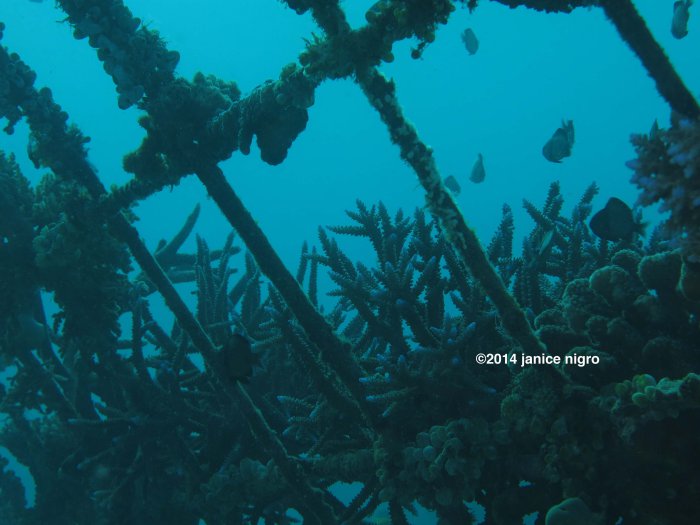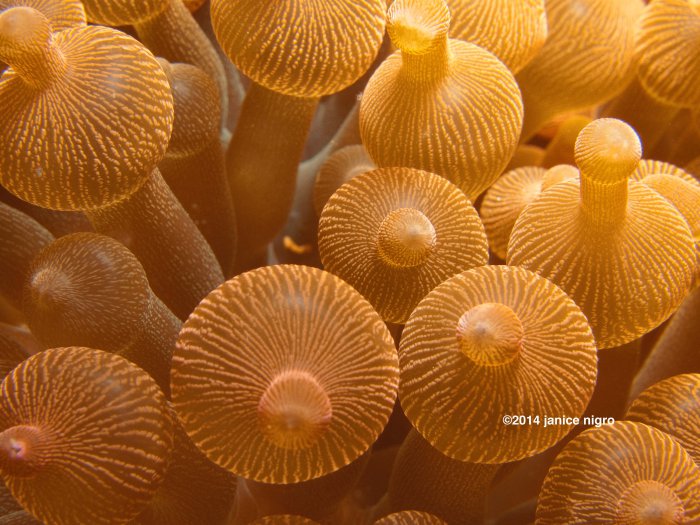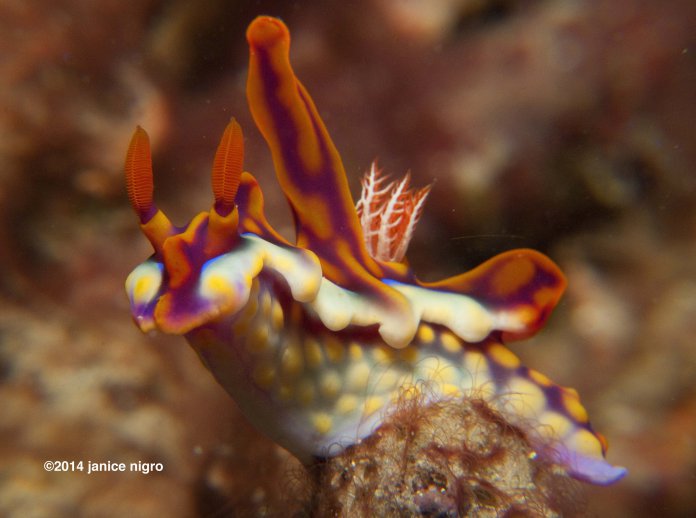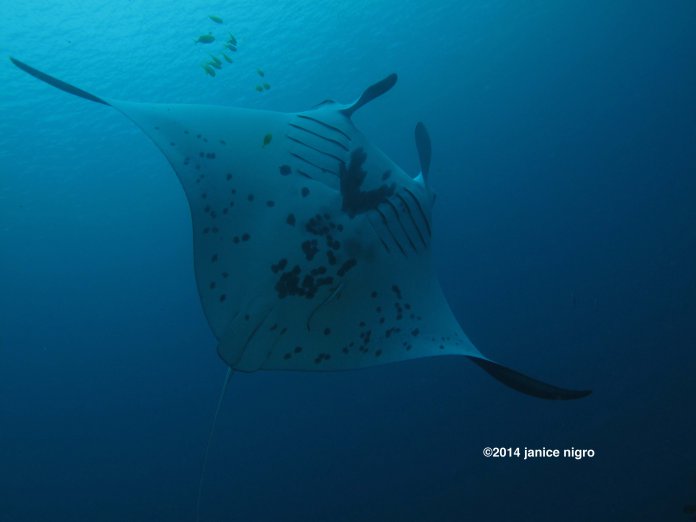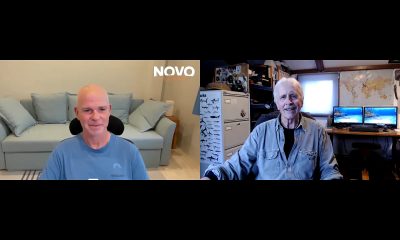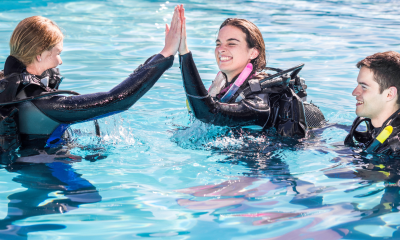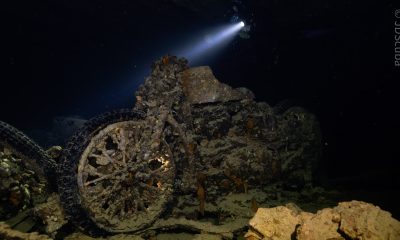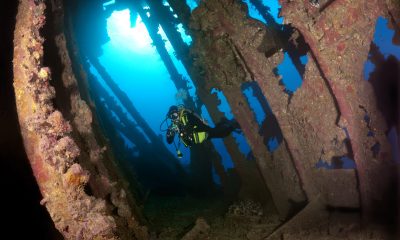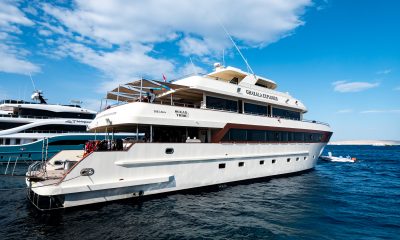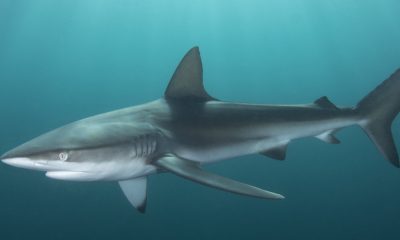News
Janice Nigro: My Dive Story
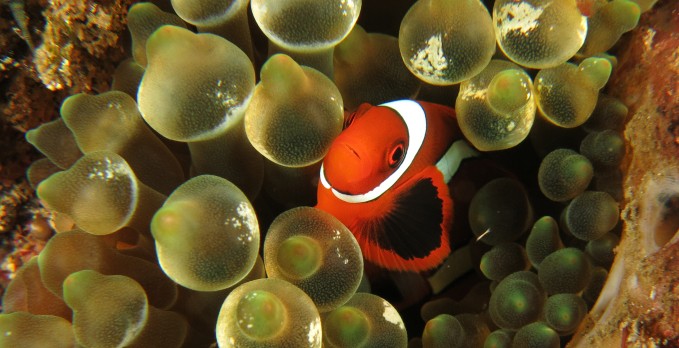
The first “underwater” experience that I remember vividly was the submarine ride at Disneyland probably because of the giant clam. We stockpile these images, and it is never clear when they might reappear in our life. For me, it would be over 30 years later when I, as a diver, would see a giant clam for real in the Great Barrier Reef. The first thought that entered my head (I don’t know why…) was that Walt Disney was no dreamer; he was a traveller. A giant clam did not emerge from his imagination; it was something that he (or someone from his team) really saw. At that moment, I realized how much scuba diving could influence my life.
It is hard to know if that was the image that put the idea of scuba diving into my head or Jacques Cousteau on TV and the repeated trips to tropical places to avoid Midwest winters. I did watch a lot of Jacques Cousteau, but I realize that I had no idea as a child that he invented the technology so that someone as ordinary as me could also become an underwater tourist.
I guess it was an evolution, from being a “tadpole” at swimming lessons, to a snorkeler, and finally a diver. I didn’t realize that diving was possible for someone like me until a trip to Hawaii. The final words on a snorkel catamaran cruise in Hawaii from the guide were, “I think you would really love scuba diving.” Amazing, I can not even remember the guy’s name and what an influence he had on my life. I was on my way to Nashville, Tennessee for my first postdoc so it was not exactly clear to me how I was going to do that in a Midwestern town that was 8 hours from the ocean. I was more likely to learn to sing about it than actually do it, but luckily, Vanderbilt actually offered a diving course both semesters.
The course was unusual in a couple of ways. First of all, it was YMCA, not PADI, and my course was taught by retired policemen, not some bronzed dudes who had figured out how to have a life in an exotic tropical place. The policemen were actually formerly the search and rescue squad (or more likely search and recovery), and frankly this fact was kind of intimidating for a first time diver. I wasn’t exactly sure what I was getting into, but I had my eye on being able to peer at the reef without having to pop up for air every 2 minutes. It was an 8-week course, which is unheard of, but we had plenty of time to make mistakes in the pool or with setting up and taking down our equipment. For some reason, their methods stuck in my head, probably the repetitive nature of the course; we had time to perform the same drills over and over again so that they were second nature, and I still go through that with each of my dives.
Easy enough to pass the classwork part of the course. It is just a bit of science after all. Now we had to set up our own equipment and take the plunge, a real responsibility for our own life in the wild. I mentioned that I took the class in Tennessee, but I did not mention that I started the class in September. Add eight weeks to that and now you are clearly in November. Not a lot of diving options plus whatever it was going to be, it wasn’t going to be a warm day to remember. My first dive ever outside of a swimming pool was in a stone quarry just outside of Nashville. A rather inauspicious beginning. Not much was going to be in there, and if there was, it was not possible to see it. It was fresh water so as in the pool, we sank almost directly to the bottom and dragged ourselves through the silt like some kind of awkward bottom dweller. Although we were unlikely to see sea life, at least not the pleasant kind from our imaginations or Jacques Cousteau, we were told beforehand that people were known to cast things out here. The “people” were often criminals, so in fact it was a warning that we might find weapons or other evidence that criminals were known to hide here. One more thing to be worried about: being shot in a stone quarry outside of Nashville while scuba diving. Another lesson, though that has stuck with me, do not touch anything. The not to touch part is something I would hear on my future dive trips, but that was because of critters, not guns or knives.
It was all much less dramatic. My dive buddy and I passed the buddy breathing and the taking off of your mask and then proceeded to explore a bit, although I felt as if I wanted a tether of some sort because we immediately lost each other and seemed to break one of the cardinal rules of dive class. Fortunately for the most part, we only saw green gook, and most importantly we survived!
A second part of the check out dives took place in fresh water springs in Florida. It is a straight 8-hour drive from Nashville to the panhandle in Florida so it was possible to finish our check out dives in the Gulf of Mexico. Weather did not comply so the policemen improvised and we dove Vortex Springs in Florida. The springs were a step up from the quarry, but I would not exactly consider them to be an inspiring dive site. It was still cold, dark, and murky. Some strange looking fish (and a lot of divers), but only a few, so my dive buddy and I spent most of our time swimming around in a circle (the vortex I guess) and inspecting crevices and the entrance to a small cave. At the end of the second day and after the stone quarry bit, I didn’t exactly walk away with the most positive ideas about scuba diving. In fact, I specifically remember thinking if this is what it is like, I don’t think I am going to like it.
Of course that was not the end; it was just a beginning. I had a dive day in Maui within the first year, but it was the trip to the Great Barrier Reef that made me realize that diving was not only a cool sport, but a tremendous way to move around the world. It had been a long time in between dives, but I was not going to miss the Great Barrier Reef. I skipped bungee jumping in the birthplace of bungee jumping in New Zealand on the way over because I was not willing to risk a detached retina; I wanted to take no chances with my ability to experience the Great Barrier Reef. In some ways, the most impressive part of seeing the Great Barrier Reef is in flying over it. It extends a great distance so that if you have a flight from Auckland to Cairns as I did and a clear day, you get to view it for about two thirds of the flight. Well of course it is the one living organism that can be viewed from outer space.
For real though, I was hooked on scuba diving after one day on the Great Barrier Reef. It was a high speed boat out from Cairns for the day, and Japanese divers were throwing up all around me. But when I jumped in and saw the giant clam, it was over for me. I altered my trek through Queensland, Australia so that I could go out to Heron Island which is an atoll on the reef. Some fairly interesting events took place while I was there. Two things I remember pretty clearly – manta rays and their stingray friends put on quite a display while we sat on the white sandy bottom and watched as they swooped over us and intermingled. The second thing I remember discovering was a wobbegong shark. I didn’t have a clue what I was looking at (you can’t forget that face the first time you see one), until many years later on one of my trips to Indonesia.
One other event was unrelated to marine life but impressed upon me the importance of having your own equipment. I had an ill fitting mask which was adjusted by a dreamy dive guide who clamped onto me in a fast current (that part was not so bad), but my take home message from that event was that I better get my own equipment because familiarity with the equipment will only help to avert any potentially panic situation underwater.
I did make one major blip in my new travel philosophy: I chose Norway for my out of country work experience. Norway has endless dive opportunities (and people are crazy for diving there), as it is surrounded by the sea. Dive sites are spectacular fjords above but otherwordly below the sea because sea stars, anemones, and a whole lot of other sea life grows out from the mountain walls. Diving there is incredibly unique, but the water temperature is also around 8°C. It means a lot of extra equipment and weight and well, you are just plain cold underwater. I took some advantage of diving there, not enough certainly, but Norway had a tremendous influence on my dive travel life regardless.
I was trying to use any tool that I could to learn Norwegian even though I didn’t have to, as Norwegians speak flawless English (except for the words fun and funny). There is a Norwegian dive magazine, Dykking, so I would pick it up to add to my vocabulary. The stories and photos were spectacular. I decided to contact one of the Norwegian underwater photographers who frequently wrote for the magazine. I just asked where his favorite place was to dive. He wrote back (amazing in and of itself that he would write to a stranger), “go to Indonesia”. I had read about Indonesia for sure, but I didn’t think I was brave enough to travel there, let alone dive there. He convinced me that I could do it, and it would be an exceptional experience. It changed my life. Once you are on that circuit, every time you travel to Indonesia someone tells you about another place that you absolutely must dive.
So that is my story, but I am always more curious about how other people have become divers, even islanders. With the sea all around, to be in it would seem to me to be a necessary part of living on an island, but it is not always the case. An Indonesian dive guide once described in very animated gestures how his older brother, already a scuba diver, told him to put on the mask, pinch his nose and blow, and just breathe. He then told me that their father could not even swim. Another islander came from a family with a historical impact on diving in the Philippines so he had an early start as a diver. I am not exactly sure how he could have stood up with a tank on his back at the age of eight but that is when he started. One woman I met got a scuba diving course as a gift from a husband who was about to divorce her and knew she was terrified of water. I have only had moderate success convincing my own friends to do it, but one decided to try it and is now a dive instructor.
For me, diving has become the basis for my travels. I always loved to swim, to be in the ocean (warm ones), the scientific aspect of it (curiosity about marine life), no talking necessary but you always have a social group to drop into when you travel, and I have discovered photography. It is in some respects a metaphor for how to live life on land – just take the jump and see what there is. That is how far I have come from that dreadful day in the stone quarry.
What is your dive story? Let us know in the Scubaverse Forum.
Gear News
Go anywhere with Stahlsac
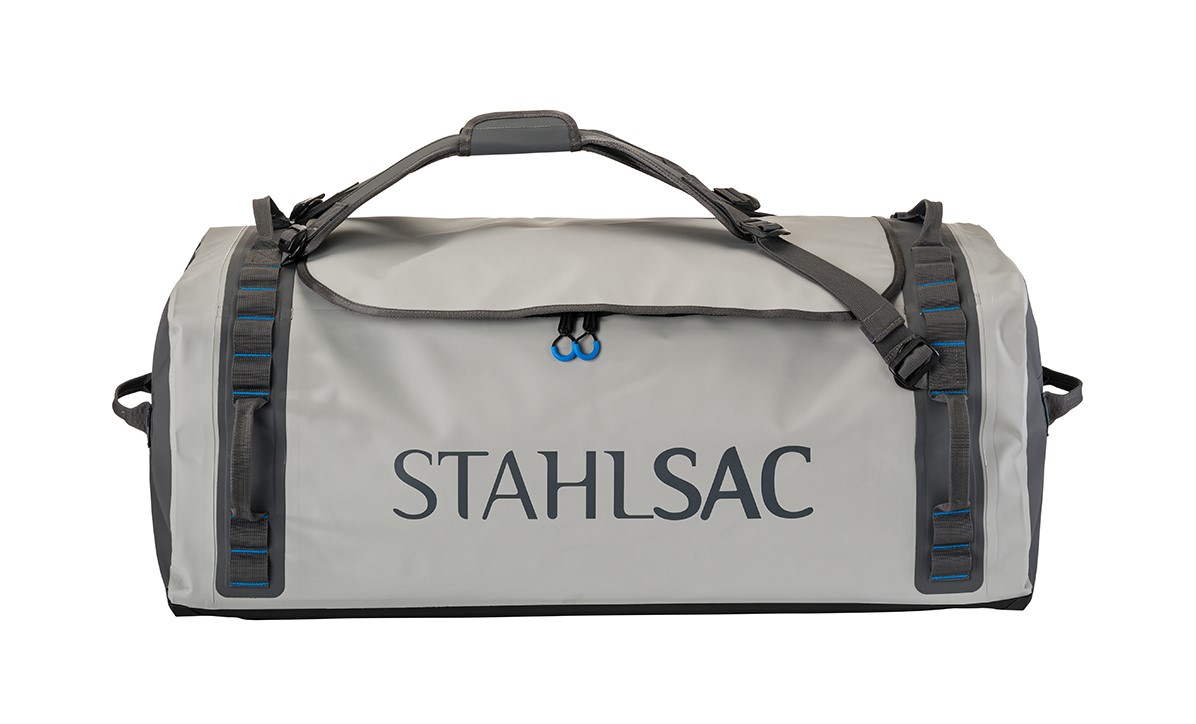
Stahlsac dive bags and travel luggage are built for our community of divers, surfers, kayakers and outdoor explorers who need bags that are constructed with durability, toughness, and 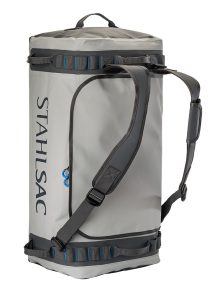 the highest quality the industry has ever seen. We were founded by one man determined to build better watersports and dive bags, and today, that mission is carried on by many. Adventure doesn’t just present itself; it requires discovery. When we design dive bags, we make sure they are tough enough for you to explore in all conditions—warm and cold, wet and dry—to the nearest and farthest reaches of the earth. And for those times you want to push the boundaries of adventure, Stahlsac dive bags make sure you can truly GO ANYWHERE.
the highest quality the industry has ever seen. We were founded by one man determined to build better watersports and dive bags, and today, that mission is carried on by many. Adventure doesn’t just present itself; it requires discovery. When we design dive bags, we make sure they are tough enough for you to explore in all conditions—warm and cold, wet and dry—to the nearest and farthest reaches of the earth. And for those times you want to push the boundaries of adventure, Stahlsac dive bags make sure you can truly GO ANYWHERE.
Abyss Duffels
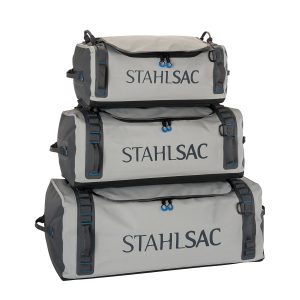 Made to be your partner-in-crime on every adventure, Stahlsac’s Abyss Duffels protects your gear from Mother Nature’s worst. Tough and 100% waterproof with double-TPU nylon material that shrugs off daily wear-and-tear, and RF-welded seams further boost the bag’s potential for lifelong exploring. Get Wet. Get Lost. Go Anywhere with Abyss.
Made to be your partner-in-crime on every adventure, Stahlsac’s Abyss Duffels protects your gear from Mother Nature’s worst. Tough and 100% waterproof with double-TPU nylon material that shrugs off daily wear-and-tear, and RF-welded seams further boost the bag’s potential for lifelong exploring. Get Wet. Get Lost. Go Anywhere with Abyss.
- A weatherproof duffel for trips, travel, and adventure
- Ultra-durable double-TPU nylon protects your gear
- Material repels water and keeps your equipment dry
- RF-welded seams are flush, tough, and waterproof
- Removable straps transform duffel into backpack
- Zippered internal stow compartments carry essentials
- External zippered flap is easy to open and close
- Welded external handles make transporting a breeze
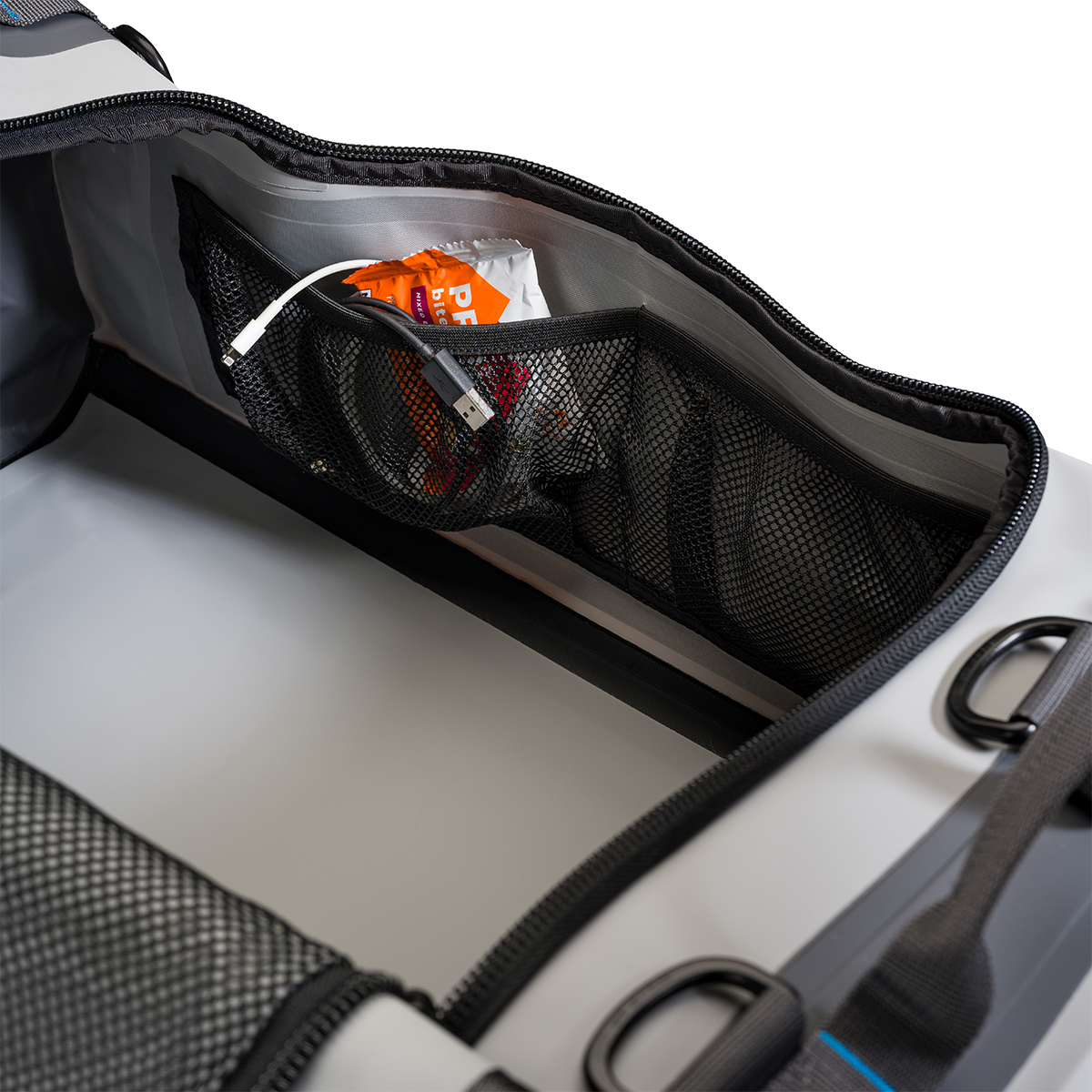
Panama Mesh Backpack
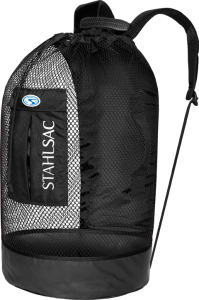 The most copied design in scuba diving, the Stahlsac Panama Mesh Backpack is the “original” design and features two high-density foam padded shoulder straps, extra durable polyester mesh, duffel bag handles and our unique zippered dry pocket inside that combines with a wet pocket outside. The bottom’s built from reinforced 18-gauge PVC nylon to combat the wear and tear of your active coastal lifestyle, and, as a bonus in every bag, we supply a 12″ x 12″ mesh drawstring satchel for extra stowing utility. Pack up your beach kit and go.
The most copied design in scuba diving, the Stahlsac Panama Mesh Backpack is the “original” design and features two high-density foam padded shoulder straps, extra durable polyester mesh, duffel bag handles and our unique zippered dry pocket inside that combines with a wet pocket outside. The bottom’s built from reinforced 18-gauge PVC nylon to combat the wear and tear of your active coastal lifestyle, and, as a bonus in every bag, we supply a 12″ x 12″ mesh drawstring satchel for extra stowing utility. Pack up your beach kit and go.
- Density foam padded shoulder straps
- Outside wet/dry pockets
- 2 Carry handles
- Tough, snag-resistant polyester mesh
- Reinforced PVC bottom
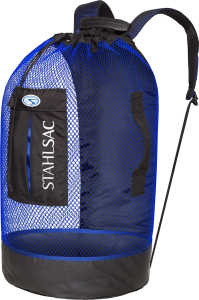
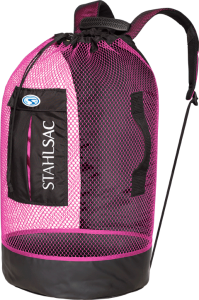
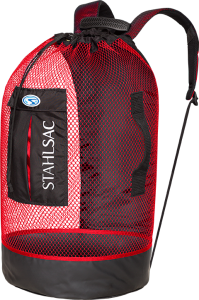
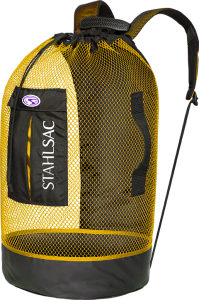
For more information about Stahlsac bags, visit www.stahlsac.com/dive-bags.
Sea & Sea is the home of Stahlsac and other leading diving brands in the UK.
Blogs
EXCLUSIVE: Jeff Goodman interviews Mark Spiers, CEO of New Scuba Diving Training Agency NovoScuba
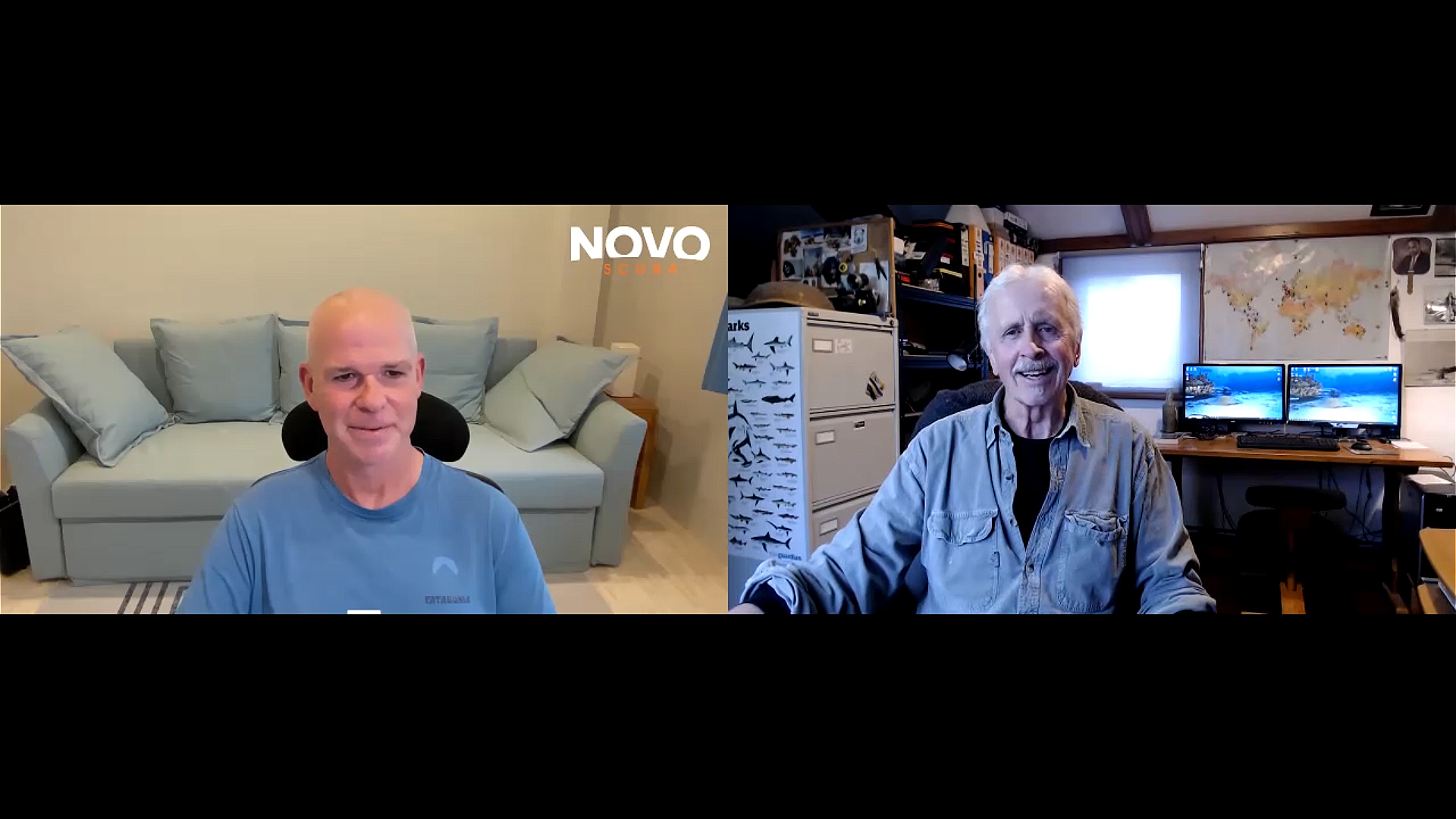
In a video recorded exclusively for Scubaverse.com, Jeff Goodman interviews Mark Spiers, CEO of new scuba diving training agency NovoScuba.
Find out more about NovoScuba at www.novoscuba.com.
-
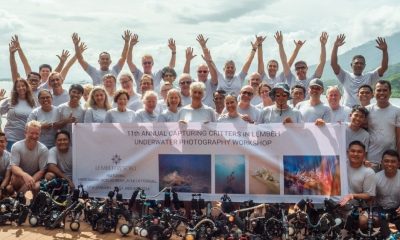
 News3 months ago
News3 months agoCapturing Critters in Lembeh Underwater Photography Workshop 2024: Event Roundup
-
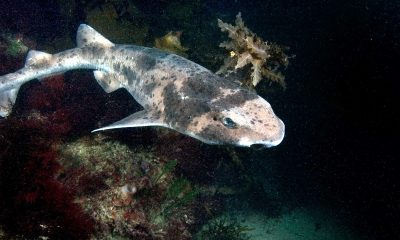
 Marine Life & Conservation Blogs3 months ago
Marine Life & Conservation Blogs3 months agoCreature Feature: Swell Sharks
-
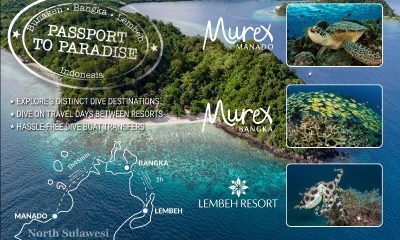
 Blogs2 months ago
Blogs2 months agoMurex Resorts: Passport to Paradise!
-
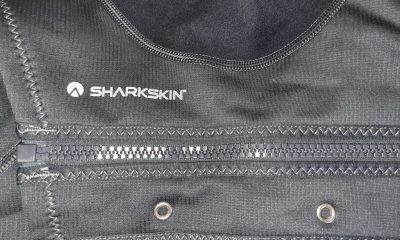
 Gear Reviews3 weeks ago
Gear Reviews3 weeks agoGEAR REVIEW – Revolutionising Diving Comfort: The Sharkskin T2 Chillproof Suit
-
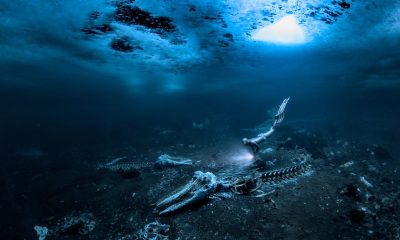
 Blogs2 months ago
Blogs2 months agoDiver Discovering Whale Skeletons Beneath Ice Judged World’s Best Underwater Photograph
-
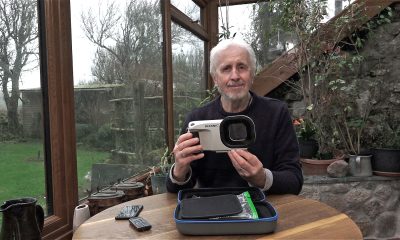
 Gear Reviews3 months ago
Gear Reviews3 months agoGear Review: Oceanic+ Dive Housing for iPhone
-
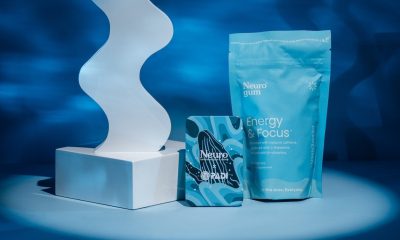
 News2 months ago
News2 months agoPADI Teams Up with Wellness Brand Neuro to Drive Ocean Change and Create a Blue State of Mind
-
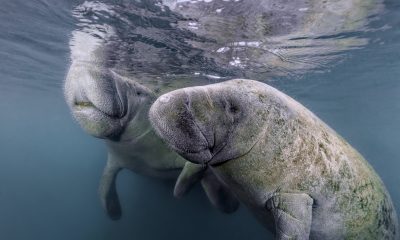
 Marine Life & Conservation2 months ago
Marine Life & Conservation2 months agoSave the Manatee Club launches brand new webcams at Silver Springs State Park, Florida


